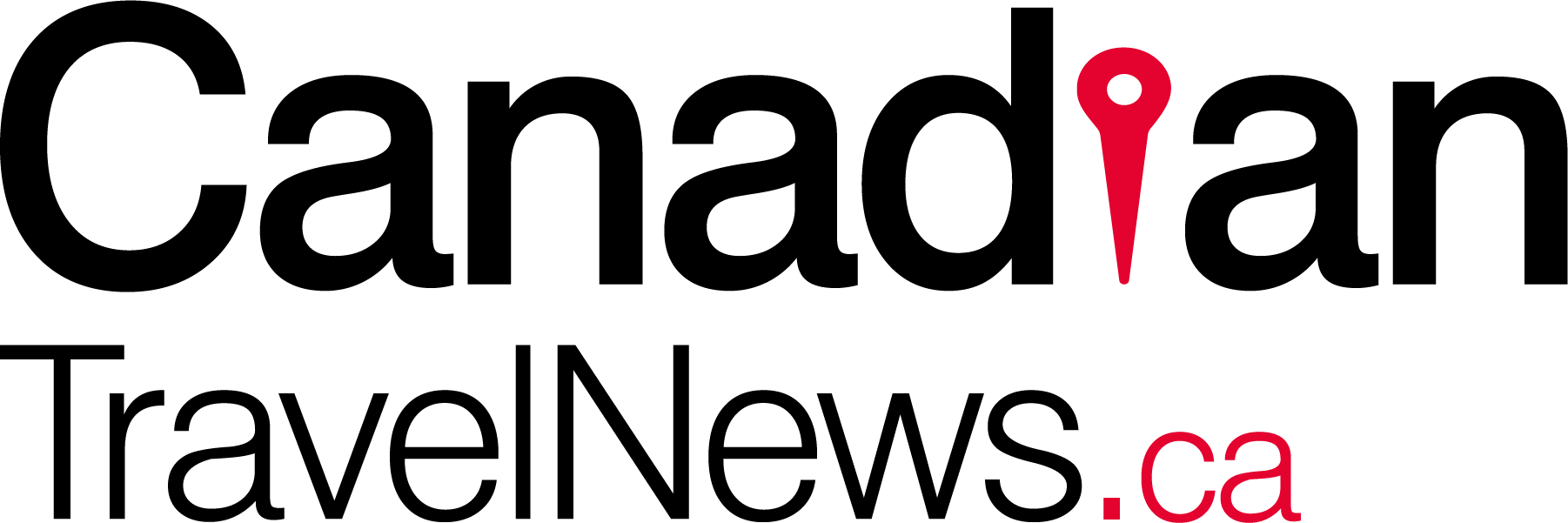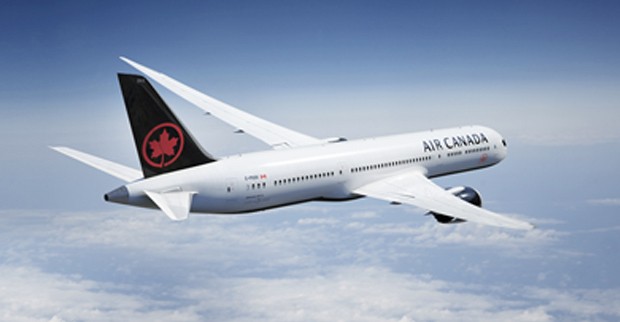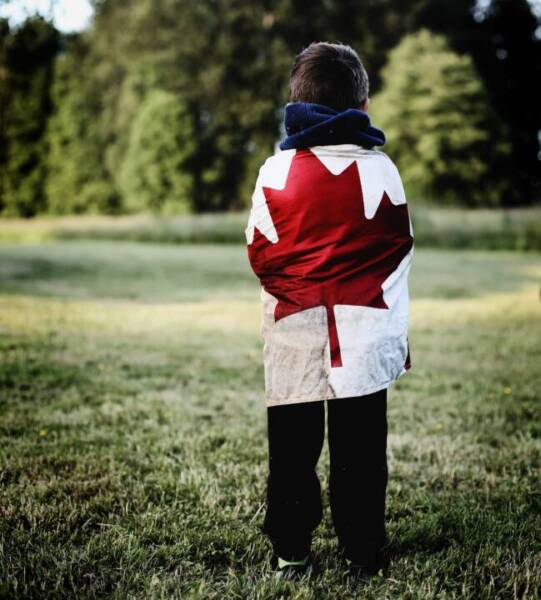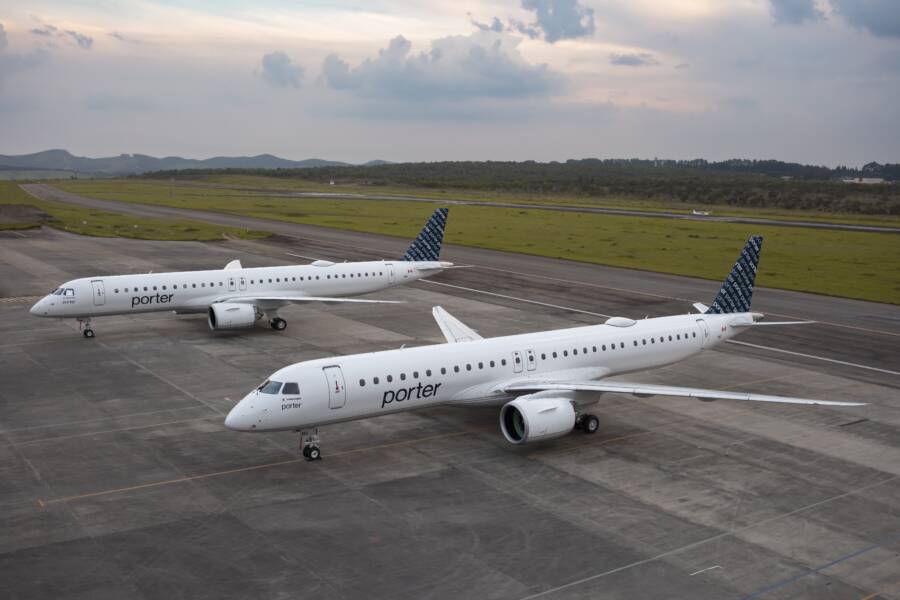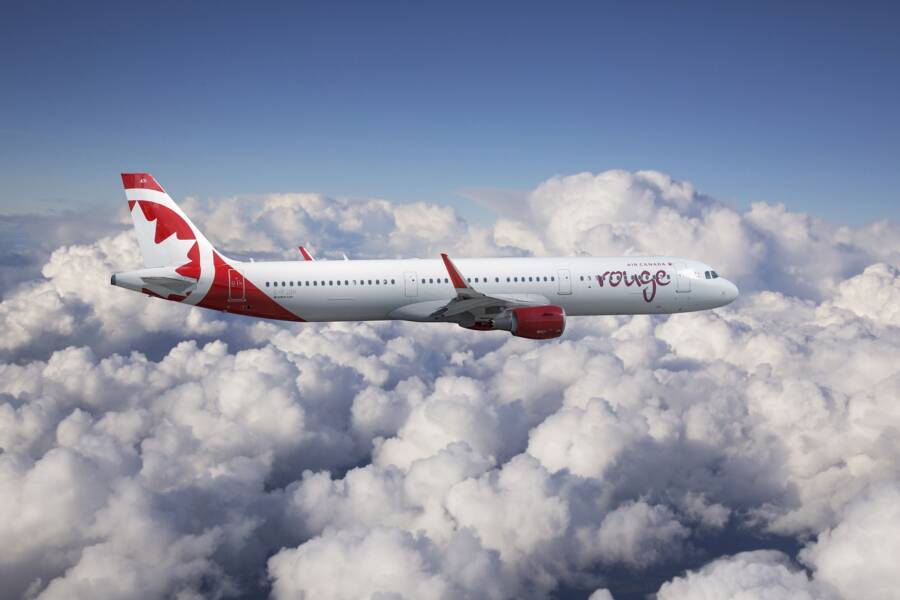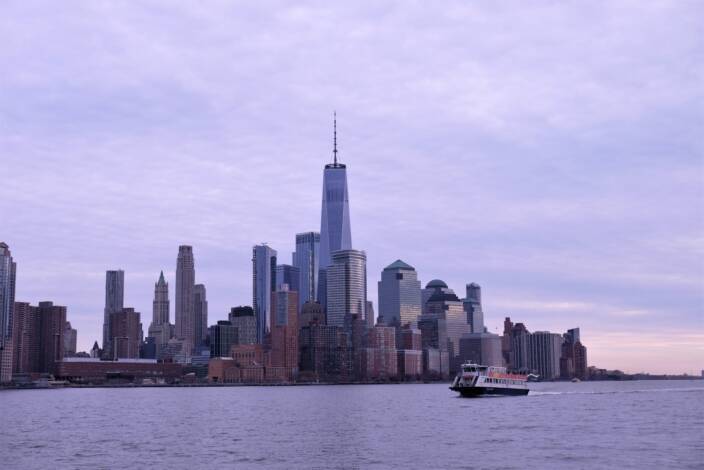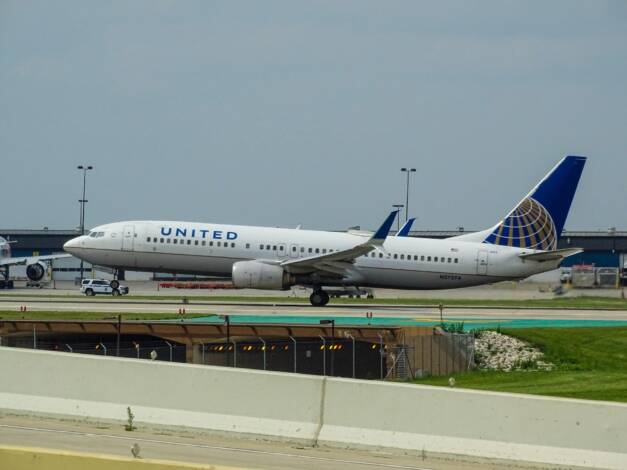
Pandemic Could Cost Ontario Tourism Businesses $2 Billion This New Year’s Eve
December 30, 2020 Jim Byers
The pandemic could reduce New Year’s Eve spending in Ontario by $2 billion; a major blow to the province’s tourism industry.
A recent survey from the Tourism Industry Association of Ontario (TIAO) found that, as a direct result of the COVID-19 pandemic, on average Ontarians will be spending less than half of what they normally spend on New Year’s Eve celebrations.
“The tourism and hospitality industry is expected to lose out on almost $2 billion in revenues this New Year’s holiday as Ontarians continue to stay home and spend less with pandemic restrictions in place to help stop the spread of COVID-19,” said Beth Potter, President and CEO of TIAO.
“In normal times many people travel within the province, attend community events or go to bars and restaurants to ring in the New Year – this year most of that revenue for tourism, hospitality and restaurant businesses will be lost.”
The survey found that 70 per cent of Ontarians have not even made plans to celebrate New Year’s Eve at home with their household. Slightly over 50 per cent of respondents indicated they plan to simply watch TV and forego celebrations altogether.
To the extent people have plans at all, they expect to spend much less. Ontarians said while they typically spend an average of $366 on New Year’s Eve, this year that number would be cut by more than half, down to an average of $170. This could translate to almost $2 billion in lost New Year’s Eve spending in Ontario.

“As we come to the end of a long and difficult year for our industry, these latest numbers underscore the imperative of supporting local businesses,” said Potter. “We encourage all Ontarians who are able to consider take-out and delivery or take advantage of curbside pick-up from your favourite local businesses during this New Year’s holiday.”
More than four out of five (81 per cent) of survey respondents agreed that tourism and hospitality businesses and restaurants have been the hardest hit industries during COVID-19.
“While many industries have been able to pivot and mitigate some of the financial losses related to COVID-19, most businesses in our industry are unable to do so because of their reliance on the ability for people to move freely and gather in-person,” said Potter.
Ontario’s tourism and hospitality sector is a catalyst for economic growth. It is worth over $36 billion and pre-COVID delivered $5 billion in tax revenues, employs the most youth in the province and welcomed 141 million visitors each year.
“We greatly appreciate the support governments have provided to date, including the recent announcement by Lisa MacLeod, Ontario’s Minister of Heritage, Sport, Tourism and Culture Industries, of an Ontario travel tax credit as well as consultations to inform a five-year strategy for the future of tourism within the province,” said Potter. “Holidays in 2021 could continue to revolve around staycations, and we look forward to working with the provincial government on these important initiatives to encourage Ontarians to shop local, explore their own communities and help strengthen Ontario’s vibrant tourism and hospitality industry.”
Pre-COVID, tourism was the largest employer of youth in the province, with 23 per cent of the industry workforce aged 15-24.
Pre-COVID, more than 200,000 tourism-related businesses in Ontario welcomed over 141 million visitors each year.
About the Survey
The TIAO online study was conducted by Maru/Blue from December 11 – 16, 2020 among a total of n=1091 adult residents of Ontario, 18 years of age and older with an estimated margin of error of +/- 2.9%, 19 times out of 20.
About the Author

